Spirit of Sha Tin (沙田精神號) walkaround
Spirit of Sha Tin (沙田精神號) walkaround
22° 18′ 54″ N / 113° 56′ 13″ E
[Author’s note: First Powered Flying in Asia, the Spirit of Sha Tin (沙田精神號) and the intrepid Charles Van den Born was posted just prior and more thoroughly explains the history of this particular aircraft — this post emphasizes this aircraft’s design.]
The Hong Kong Historical Aviation Association (HKHAA) made a bold stroke when deciding to join in the inauguration ceremonies of the new Hong Kong International Airport (“Chek Lop Kok” as it is locally known to differentiate from the original airport, Kai Tak) by commissioning the construction of a replica of the first aircraft to fly in Hong Kong. The date of that first flight was 18 March 1911 when Charles Van den Born flew his 1910 vintage Farman III over Hong Kong’s Shatin Beach.
Once committed to the idea the HKHAA raised funds ($200,000+USD during 1997 or $289,000+ in today’s dollars) and engaged Vintage Aviation Services of Marion TX. Roger Freeman wrangled the project with the help of a handful of specialists. He also piloted the replica at the ceremony on 15 November 1997. Modern materials were used where appropriate — especially Dacron® with aluminum made hinges replacing the cast iron originals — the rest of the aircraft’s construction is of wood, steel and glue as was the Farman III in 1910.
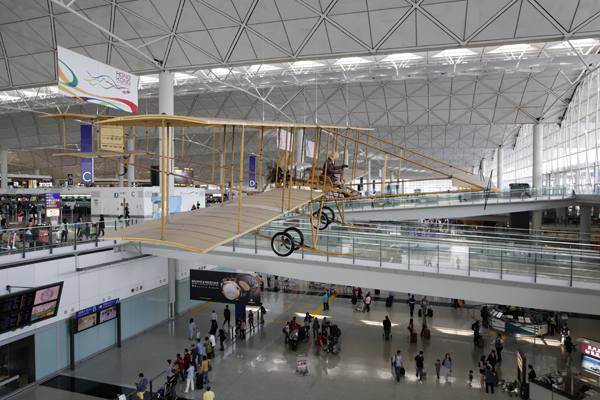
Spirit of Sha Tin reigning over the Arrivals Hall in Hong Kong International Airport with the Departures Level to its rear — photo by Joseph May
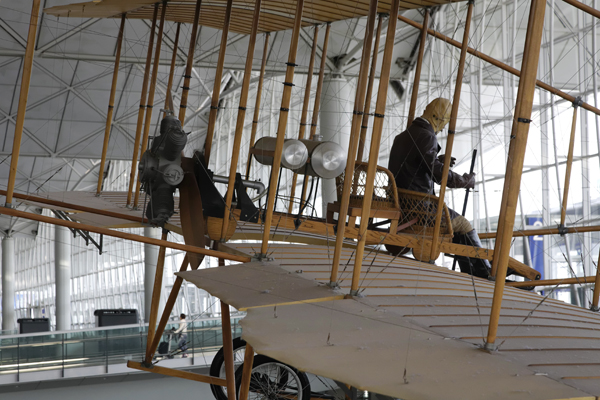
A closer view of the Farman III’s Gnome rotary engine, fuel and oil tanks and piloting position — photo by Joseph May
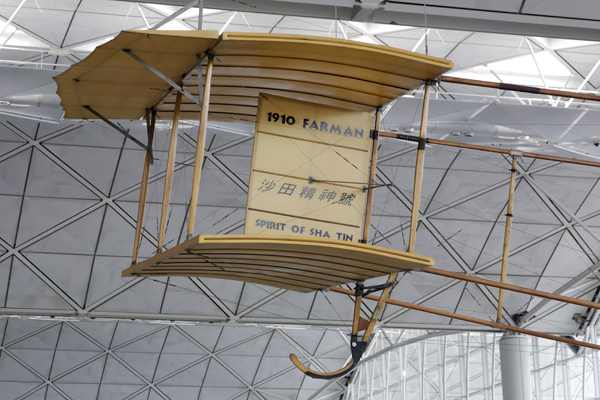
Farman III’s empennage with the elevator to the upper rear and the rudder between the horizontal stabilizers — photo by Joseph May
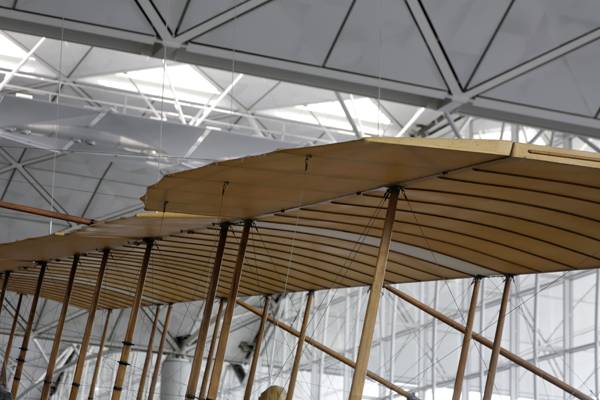
The Farman III possessed ailerons on both wings, shown is the upper right aileron as well as the airfoil cross-section of the wing— photo by Joseph May
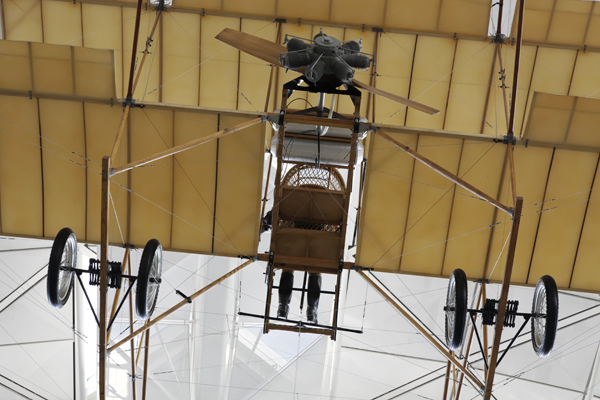
A view few (if any) spectators at Shatin Beach would have ever seen prior to Van den Born’s flight on that historic day, something other than a bird flying over them thanks to Charles Van den Born and his Farman III — photo by Joseph May
<><><><><><><><><><>
Ross Sharp, who could easily serve as a museum curator and is the author of Shortfinals’s Blog, informs that the Farman III design co-evolved to become the Bristol Boxkite (also in 1910 as the Farman III design) and was produced by the British & Colonial Aeroplane Company, as well as being the first airplane produced in quantity. This revitalized the company after their disastrous license building of the French Societe Zodiac (British & Colonial prevailed in the ensuing lawsuit and was awarded 15,000 Francs to be paid by the Societe Zodiac firm). The Zodiac (a Voisin design) was guaranteed to fly but could not due to inferior wing design and lack of power.
<><><>><><><><><><>
Another aviation expert and author, James Kightly, has this post regarding a flying replica of the Bristol Boxkite which recently made its maiden flight on 11 September 2013. The Boxkite is Australia’s first military aircraft and this replica is set to fly at the centennial celebration of the birth of Australian military aviation during 1–2 March 2014. More information can be found at Project 2014 and our thanks to James Kightly for this information as well as his blog, Vintage Aeroplane Writer.
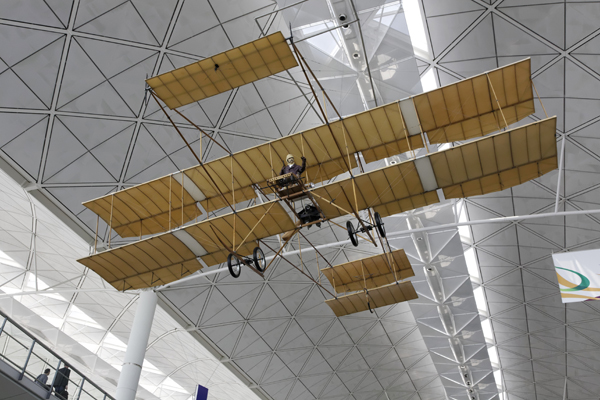
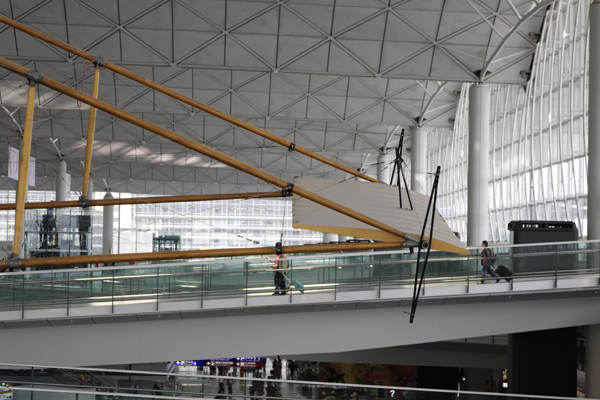
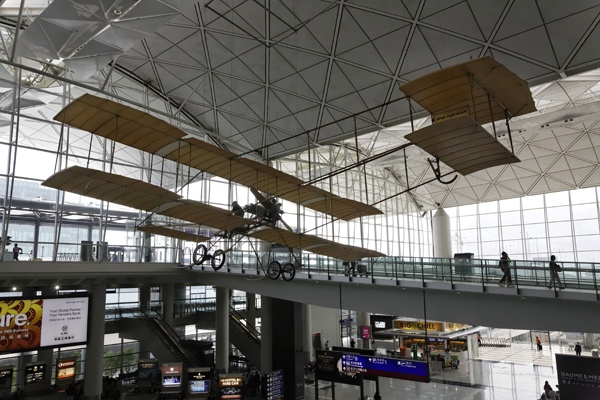
Thank you . This is so interesting . I see this every time I pass by the airport.